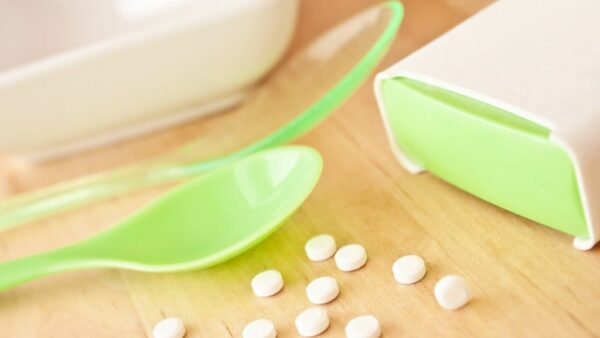Artificial sweeteners have been used for several decades, but they were mainly applied in special diets for diabetes earlier. More and more people choose these types of sweeteners today to cut down on sugar consumption. The topic of artificial sweeteners is very controversial. Some consider them harmful additives because of their potential carcinogenic effect, while they are a blessing for others during their sugar-free diet.
Our article discusses the following topics:
What makes artificial sweeteners popular?
Most artificial sweeteners were discovered by accident when chemists tasted sweetness on their fingers during certain experiments. The first artificial sweetener was sucrose, which was a result of experiments performed by Constantine Fahlberg in 1879. The common characteristic of artificial sweeteners is that their sweetening effect can be a hundred times stronger than that of sugar. So an incredibly small dose can be enough to achieve the desired sweetness. These sweeteners do not contain any nutrients or energy. As a result, they are not useful for our body, but they can still be a good solution for people with diabetes and those who are on an energy-restricted diet so that they do not have to give up the sweet taste.
Artificial sweeteners became widespread in the 1980s. The main reason that they have always been popular among consumers is that they do not contain any calories and have no effect on blood sugar. From the perspective of the manufacturers, another great advantage of artificial sweeteners is that they can be produced at a fraction of the costs of sugar.
Scientists started to take a closer look at the potentially harmful effects of artificial sweeteners in the 2000s. Today, the general point of view is that all the approved sweeteners are safe as long as the recommended daily intake is not exceeded. The ADI (Acceptable Daily Intake) is defined in a way that no harmful effects are caused when consuming the prescribed amount of sweeteners.
The most popular artificial sweeteners
Saccharine
The very first synthetic sweetener was invented over 140 years ago. It is at least 300 times sweeter than sugar but has a bitter aftertaste. It dissolves when exposed to heat, so it cannot be used for cooking. Its popularity started to drop in the 1970s as it caused bladder cancer in rats during animal testing when applied in high concentrations. This was not justified by later research, so saccharine is regarded as one of the safest artificial sweeteners today. The recommended daily intake is 2.5 mg/kg body weight.
Sucralose
Sucralose is basically made from beet sugar, but during the chemical process, they add chloride ions to the molecules of sugar. Due to the chloride ions, our body reacts in a different way than in the case of sugar, meaning that our blood sugar level is not raised. It is at least 400 times sweeter than sugar and does not dissolve during cooking, so it is more widely used. Also, it has a long lifetime, it stores well and it is stable at low and high pH levels, which makes it one of the most often used artificial sweeteners. Its ADI is 15 mg/kg body weight/day.
Aspartame
It is the most controversial sweetener due to its alleged carcinogenic effect. It was discovered during the research of an anti-ulcer drug in 1965. Aspartame has no aftertaste and is app. 200 times sweeter than sugar. It is not a zero-calorie sweetener, but it only contains a very small amount of calories (3 kcal/gram). However, it is not suitable for baking as its sweetening effect is reduced when exposed to heat.
Cyclamate
The sweetening effect of cyclamate is only 30-50 times stronger than that of sugar, so it is significantly less popular than the other artificial sweeteners mentioned above. In high concentrations, it has a salty aftertaste. The U.S. Food and Drug Administration banned its application in 1969 due to the fact that it caused cancerous lesions in rats during animal testing; the explanation was that our body may transform cyclamate into the toxic substance cyclohexylamine. Cyclamate is still banned in the US; nevertheless, it is approved in several other countries including Hungary.
Acesulfame K
Acesulfame K is a substance 200 times sweeter than sugar, which does not dissolve when exposed to heat. It has good stability, and it is not dissolved in our body either: it exits through our intestines. Acesulfame K was discovered in 1967, and they have not identified any harmful effects of the substance since then.
Aspartame-acesulfame salt
As the name suggests, this substance is a 64%-36% mixture of aspartame and acesulfame. It dissolves rapidly, it is heat-stable and has no aftertaste. Acesulfame is removed from the body in the form of urine; the effects of the compound are the same as that of aspartame.
It is absolutely true in the case of all artificial sweeteners that we should consume them in a moderate way. So that we only experience their positive effects. If you are still not comfortable with using synthetic sweeteners, there are a lot of natural alternatives that can help you get rid of the sugar.


